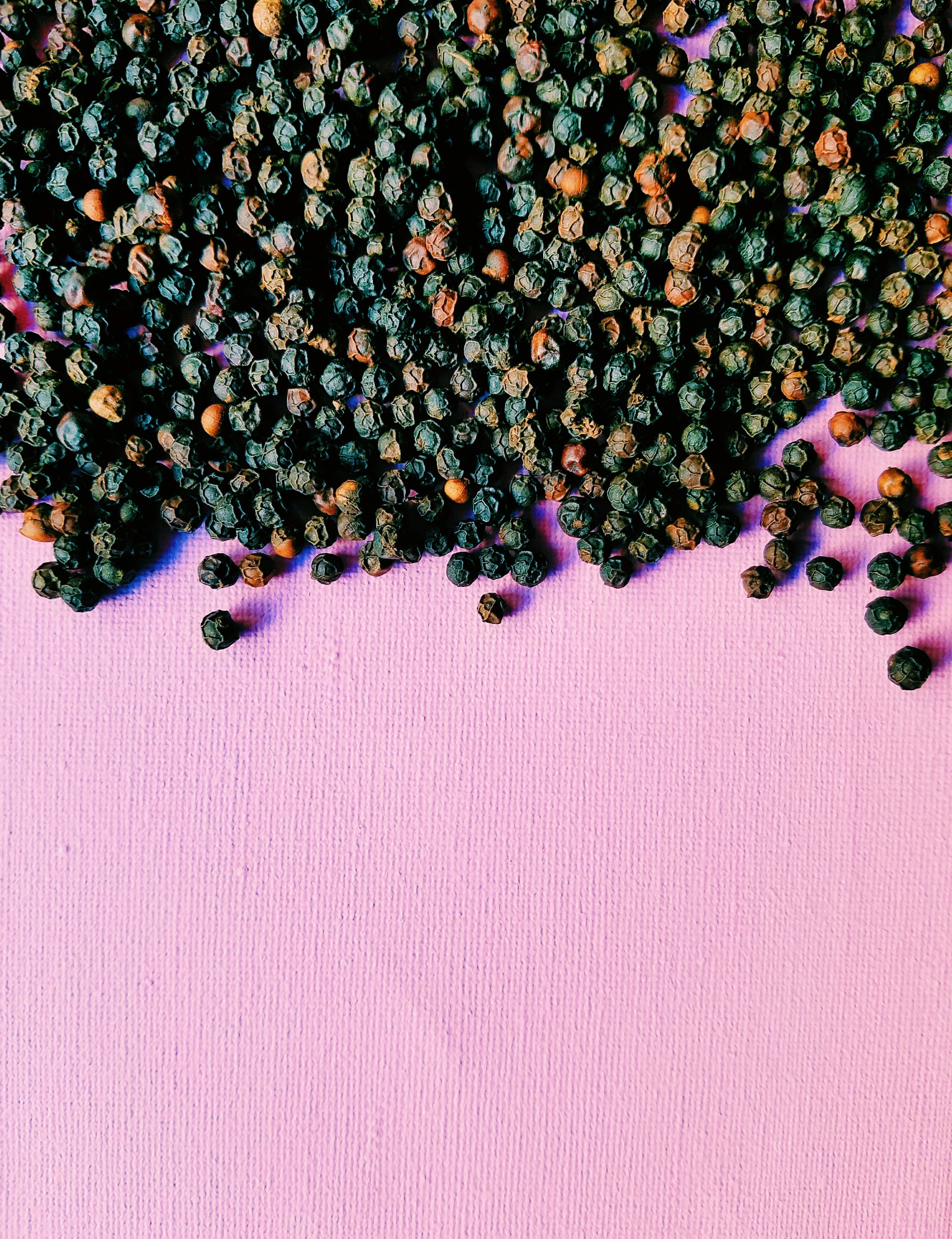Adobo three ways: How the unofficial national dish of the Philippines varies by region
The other day, I was preparing Adobo for my grandparents and after I threw everything in the pot, I stepped away for a few moments and when I returned my grandma had turned up the burner, added more water, and removed the bay leaf which makes the Adobo bitter if you leave it in for too long, she says. Recent surgery be damned, that bay leaf came out of the pot while my back was turned.
That got me thinking about different ways to prepare Adobo and how with this one dish in particular we tend to be so hard-headed about how it is prepared. Defensive, even. Years ago, I was watching a certain shall-not-be-named celebrity Italian chef cook Adobo on their cooking show for a super bowl party (so many questions…) and found myself shaking my head like a 90 year old Lola as they added Cilantro! Lime juice! Thickened it with cornstarch! Then, to my extreme horror, served it with cornbread instead of rice! I took it personally, like all of these things were necessary in order to Westernize the dish as much as possible to make it palatable to Americans. Lure the people with cornbread!
Not only does Adobo differ within families, it differs between regions in the Philippines and I’m sure each of them are as fiercely stubborn about the way they prepare it as my Grandma and I are. Though Spanish in name, the cooking process is an indigenous way of preparing meat with vinegar and salt that Philippine natives used in order to keep it fresh for as long as possible; unfortunately the original name of this cooking process was a victim of "lexical imperialism" and has been lost in history. Adobo, or Adobar refers to a Spanish method of immersing raw food in a stock, and that name stuck during Spanish colonization. Soy sauce was later introduced instead of salt, but in the Visayas region of the Philippines purists still prepare it in the indigenous way without the Chinese import. Another variation, seen in the southern Luzon region , Muslim Zamboanga, and the Bicol region adds coconut milk and is referred to as Adobo Sa Gatâ. Some other additions include beef, fish, turmeric, mashed pork liver, chili, patis, and annatto oil. I even encountered CrocAdobo during my trip to Palawan. (which you can check out HERE, and no, I didn't try it!) How I like my Adobo is simple; with lots of garlic, peppercorn, datu puti cane vinegar, silver swan soy sauce (see more about why I specify certain kinds of vinegar and soy sauce for Adobo in my previous post HERE), either chicken or pork, and yes, the bay leaf. This is what many would consider to be a classic Filipino Adobo and it is the most widely known.
I have to admit that cooking it with shrimp and coconut milk was a little out of my comfort zone, and was against all of my previously held, and totally antiquated ideas that the way it always has been is the way it always should be. That's what I was going for with this post, opening up my mind and all that. The use of coconut milk and chili brought to mind a Thai shrimp curry, and it made sense to me why some regions adopted the recipe in this way. The Adobong Puti also lacked the color I have become used to having used soy sauce all my life, but I realized after tasting it that most of what I love about adobo is its salty, garlicky, sour vinegar flavor, and the vinegar is what really tenderizes the meat; soy sauce is not necessary for this dish to be full of flavor. So here are a few recipes for some of the different Adobos I described above. Stick to them or use them as jumping off points and do what you will; get crazy and add bell peppers or cilantro or serve it cornbread if that’s what you so desire! I’ll do my best to unclench my jaw.
How do you cook your Adobo? Or is there a dish in your culture that inspires such passion about authenticity?
(Pssssst....voting closes for the Saveur Blog Awards on AUGUST 31st, don't forget to vote for me by clicking HERE ! Thank you!)
Adobong Baboy / Pork Adobo
Adobong Puti / Vinegar Adobo
Adobong Sa Gata Hipon / Adobo with Shrimp and Coconut Milk
Adobong Baboy / Pork Adobo
Ingredients:
1 1⁄2 lbs. pork butt, cut in 2 inch cubes
1⁄2 c. Datu Puti vinegar
1/4 c. Silver Swan soy sauce
5 cloves garlic, thinly sliced
1 small bay leaf
1⁄4 tsp. peppercorns
1 c. water or until meat is completely covered
2 tbsp. cooking oil
Directions:
1. Heat the cooking oil and sauté garlic for a minute or two until it is light golden brown.
2. Add vinegar, soy sauce, water, bay leaf, peppercorn, and pork and marinate for at least 30 minutes.
3. Cover and simmer for 1 hour or until pork is tender and all of the fat has melted off the meat.
4. Remove bay leaf and peppercorns before serving with white rice.
Adobong Puti / Vinegar Adobo
Ingredients:
2 lb skinless chicken thighs
1⁄2 c. Datu Puti vinegar
5 cloves garlic, minced
1 small bay leaf
1⁄4 tsp. peppercorns
1 c. water, or until all chicken is covered with liquid
2 tbsp. cooking oil
Directions:
1. Heat the cooking oil and sauté garlic for a minute or two until it is light golden brown.
2. Add vinegar, bay leaf, peppercorn, water, and chicken and marinate for at least 30 minutes.
3. Cover and simmer for 45 minutes or until chicken is tender.
4. Remove bay leaf and peppercorns before serving with white rice.
Adobong Sa Gata Hipon / Adobo with Shrimp and Coconut Milk
Ingredients:
2 lb large raw shrimp
1⁄2 c. Datu Puti vinegar
2 tsp Silver Swan soy sauce
5 cloves garlic, minced
1 small bay leaf
1⁄4 tsp. peppercorns
1/4 c. coconut milk
1/8 tsp. cayenne pepper
1/2 c. water
2 tbsp. cooking oil
Directions:
1. Heat the cooking oil and sauté garlic for a minute or two until it is light golden brown.
2. Add vinegar, soy sauce, cayenne pepper, bay leaf, peppercorn, coconut milk, water, shrimp andmarinate for at least 30 minutes.
3. Cover and simmer until shrimp turns pink, do not overcook.
4. Remove bay leaf and peppercorns before serving with white rice.








